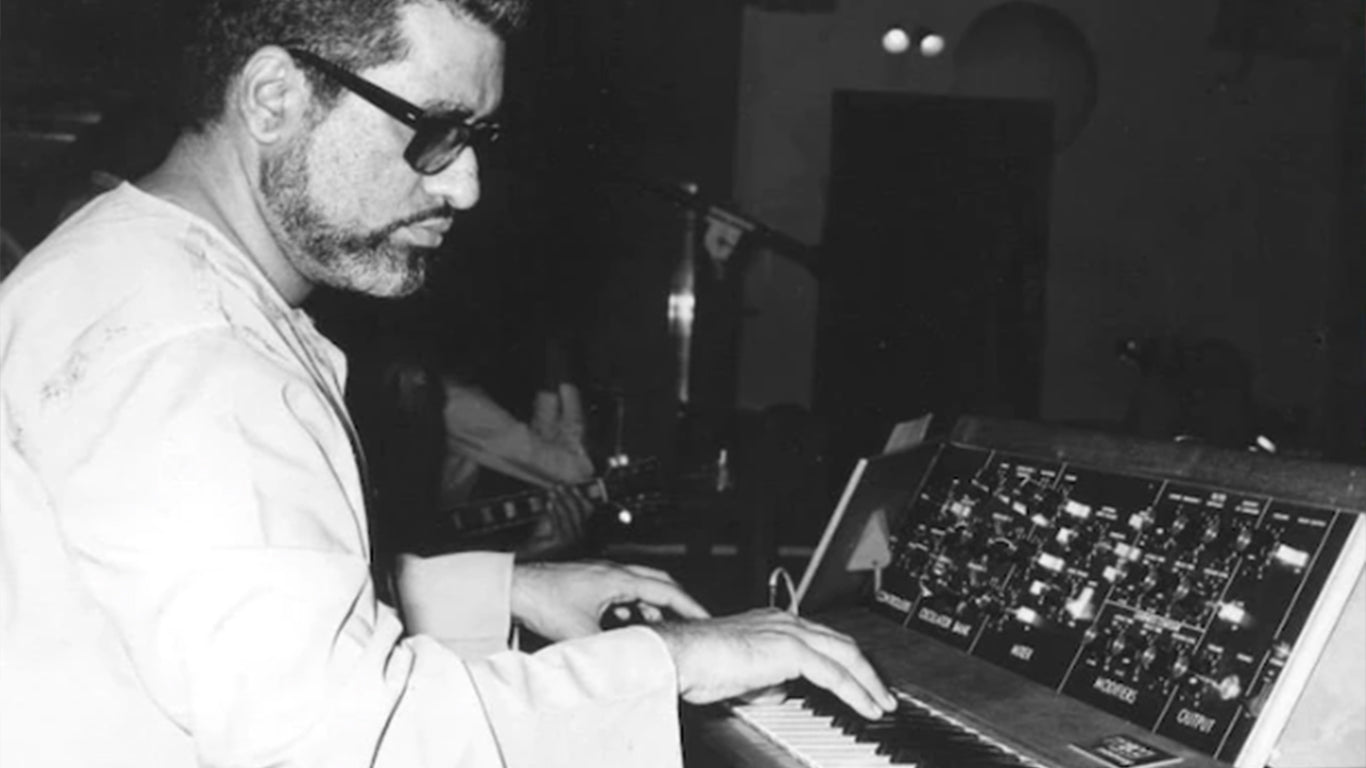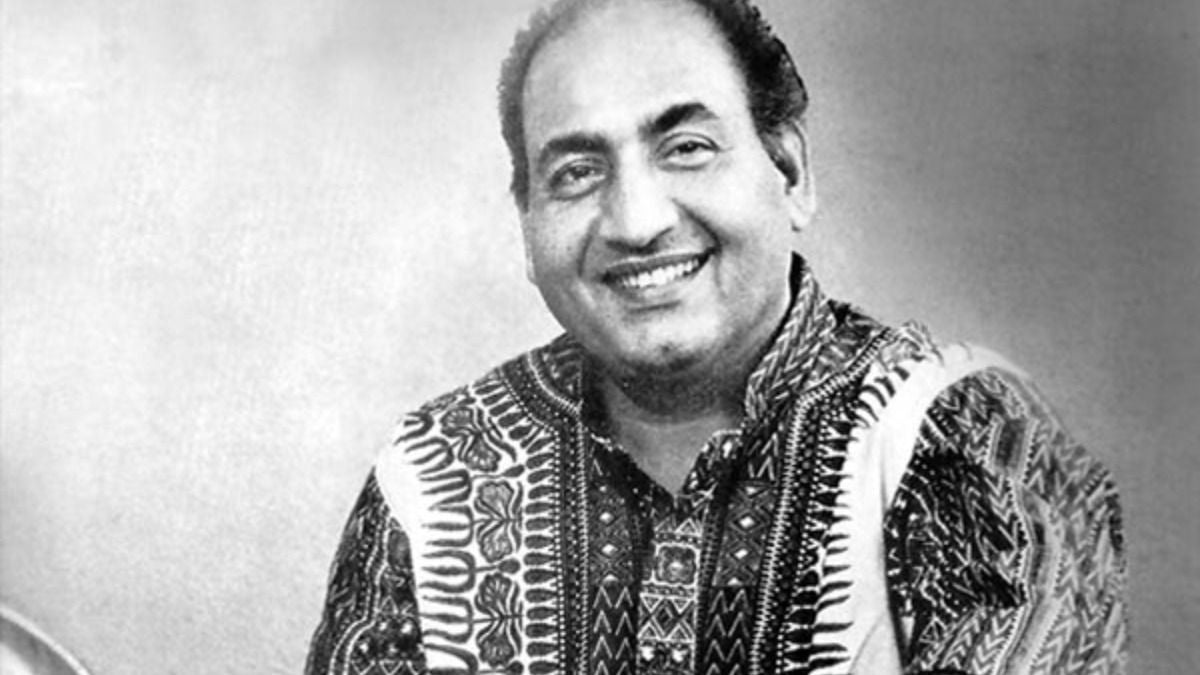The Power of The Moog

The advent of electronic music can be traced back to at least a century ago with unpredictable, and practically unplayable instruments such as Theremin, Telharmonium, Ondioline, and other exotically named contraptions.
After the war, the idea of generating, and synthesizing new electronic sounds began to take off. The synthesizers are probably the most important instrument development that became as ubiquitous as the human voice in the modern era of music.
Essentially they are a synthesis of tones generated by a basic circuit that could be controlled by some sort of input - human or otherwise - to produce the sounds of the future.
The most important evolution in the history of synthesizers is the Minimoog. Evolving from an oppressively bulky modular Moog prototype with clunky patch cables, Minimoog became the portable, and simple-to-use successor with a selection of user-friendly knobs and switches.

The uniquely expressive sound-shaping filter, unmatched warmth, and character of the Minimoog are the most sought-after qualities amongst producers spanning genres, and decades.
From Avant Jazz to Prog Rock to Electronic to Bollywood, Minimoog has been revered as an essential part of any forward-thinking musician’s arsenal and remains one of the most significant synthesizers in history admired by designers, and musicians alike.
Read about: The Synthesizer Which Helped Stevie Wonder Get His Biggest Hit




Comments